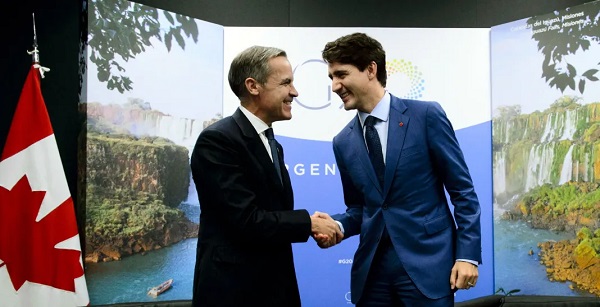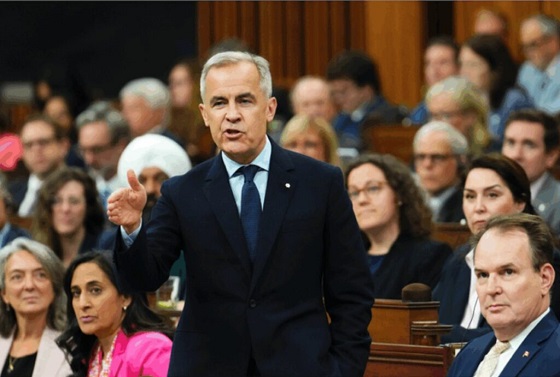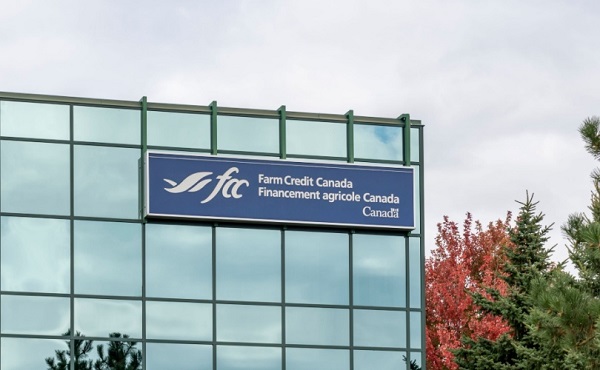Bruce Dowbiggin
The Explosive Cost of Canada’s Civil Service Hiring Binge
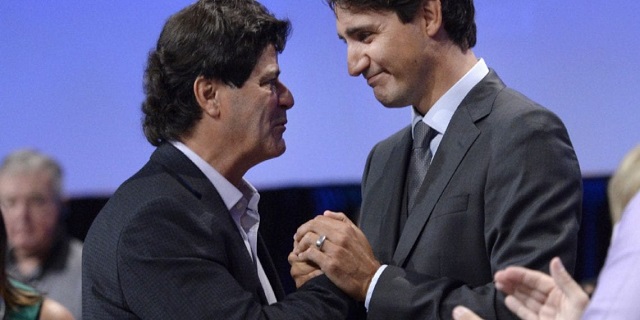
Most living in Canada would agree that a crumbling infrastructure and healthcare shortages could justify adding bodies to the public rolls. But a deep dive into those jobs extolled by the PM shows an explosion of new positions, not in public works or the military, but in the vanity areas of DEI, gender equality and climate change.
In the tsunami of miserable economic and political news generated by the Trudeau government the past decade, party flacks have always tried to point to job growth in the economy as a sign that they’re doing something right.
But if you look carefully at the numbers of full-time jobs “created”, it soon becomes apparent that most of the highly touted “new” jobs are public-service positions. At all three levels of government the number of workers in Canada’s public sector has soared in recent years, far outpacing the hiring in the private sector.
For example, the federal public service has grown by 38 per cent since Prime Minister Justin Trudeau came to power in 2015, according to MEI, a Montreal-based think tank. During the Covid years, nine out of every ten jobs created was in the public service.
Here was Trudeau in 2022 cheering on his aggressive hiring processes, which have also included a similar growth in the use of consultants. “Thanks to your hard work and the hard work of Canadians across the country, Canada’s unemployment rate is the lowest it’s been since the start of the pandemic. In fact, more than 154,000 jobs were created last month — and … in the COVID-19 Era, more than one million jobs have been recovered.”
Most living in Canada would agree that a crumbling infrastructure and healthcare shortages could justify adding bodies to the public rolls. But a deep dive into those jobs extolled by the PM shows an explosion of new positions, not in public works or the military, but in the vanity areas of DEI, gender equality and climate change.
With their generous pensions and benefits these new employees are an expensive drag on the public purse. In addition, except for the very top of the pay scale, government salaries are typically higher than those in the public sector. Trudeau and Chrystia Freeland give Canadians the impression that their massive hiring binge— paid for by increasing debt— means a healthy growing economy. But the money that is moved from the private economy to public economies chokes productivity and creates inflation.
As a result, Canada’s GDP is lowest in the leading Western nations while its borrowing now sits at an unsustainable $713 billion. Carrying the debt is expected to cost the federal treasury $60.7 billion in 2028-29, according to the government’s own economic statement.
No wonder economists warn that this growth of government jobs is not sustainable in the long run. “If you look at how the private sector’s trending, it’s sharply decelerating,” Beata Caranci, chief economist at Toronto-Dominion Bank,
As just one example of runaway government hiring, listen to Kareem Allam, former Vancouver city budget chief, who went on Vancouver’s CKNW recently to describe how runaway hiring has affected his city. “We had 1,200 city employees in 2008. We have about 9,000 now. There are 700 people in the city of Vancouver staff that work full-time on climate change. And (yet) our GHG emissions keep going up.”

While Americans are experiencing the same bloating of the civil service, Allam points out that they are more efficient than Canadians. “Dawn Pinnock is the head of the Civil Service in the city of New York. She’s their city manager. And not only is she responsible for being the city manager, she’s also got the same responsibility as (Vancouver’s) Translink, but in New York.
And it’s a city that has thirteen times the population of Greater Vancouver. Dawn makes US$ 240,000 a year. Our CEO of Translink, our CEO of Metro Vancouver, and our city manager combined make $1.4 million. The executive from New York doing the job of essentially three executives here in the lower mainland, and yet making a fraction of what they make here.”
Naturally these salaries have to come from somewhere. That somewhere is tax. “It is unbelievable the amount of money that is pouring into city hall and the lack of accountability we’re seeing around how that money was being spent,” says Allam. “When Gregor Robertson first got elected as mayor in 2003 the city budget was $894 million. It’s going to be well over $2.4 billion this year.
“That’s almost a tripling of our taxes. Is anyone in Vancouver thinking that we’ve gotten a triple in the benefit of services? Are potholes getting better?”
There are some exceptions to the bloating of the public service and its budgets. In Calgary, the multi-billion Green Line transit system has been chewing through hundreds of millions without any progress. The original estimate of track was shrinking with the southeast part of the plan mothballed. Now the unpopular Green Line has been stopped by the provincial UCP government of Danielle Smith.

Assessing the project as a “boondoggle” Transportation minister Devin Dreeshen said, “This is unacceptable and our government is unable to support or provide funding for this revised Green Line Stage 1 scope as presented in the city’s most recent business case… throwing good money after bad is simply not an option for our government.” Calgary’s progressive city council is seeking to find alternatives (they could always build a direct link to the airport) before they’re tossed out of office in the next municipal elections.
Would that Ontario and Toronto governments had paused before creating their Metrolinx Crosstown subway line, the 25-stop, 19-kilometre project. Work began in 2011 and Metrolinx previously announced completion dates of 2020 and 2021. Its budget has now soared to $13 billion with stories emerging of 260 cases of quality control issues still pending at the start if the summer.
One of Pierre Poilievre’s favourite attack lines against the federal Liberals has been getting control of spending, making government live within its means as taxpayers do. No one expects him to slay the dragon as Javier Milie has done in Argentina. But Canadians will be looking to him to at least change the Trudeau Spend, Spend, Spend philosophy before it ruins the nation.
Bruce Dowbiggin @dowbboy is the editor of Not The Public Broadcaster A two-time winner of the Gemini Award as Canada’s top television sports broadcaster, he’s a regular contributor to Sirius XM Canada Talks Ch. 167. His new book Deal With It: The Trades That Stunned The NHL And Changed hockey is now available on Amazon. Inexact Science: The Six Most Compelling Draft Years In NHL History, his previous book with his son Evan, was voted the seventh-best professional hockey book of all time by bookauthority.org . His 2004 book Money Players was voted sixth best on the same list, and is available via brucedowbigginbooks.ca.
Bruce Dowbiggin
Elbows Down For The Not-So-Magnificent Seven: Canada’s Wilting NHL Septet
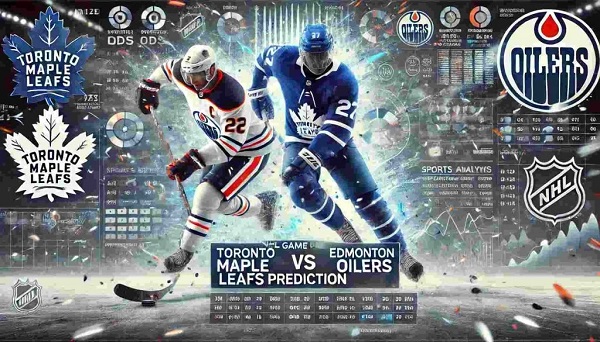
The week after Grey Cup is always a good time to look in for our first serious analysis at how Canada’s NHL teams are doing. So let’s take a quick… WHOA… what’s happening here?
If the playoffs were to begin next week (we wish) then it would be a cold breakfast for teams in Elbows Up. Just two clubs—Winnipeg and Montreal— would even qualify for the postseason. And the Jets have just found out their star goalie Connor Hellybuyck is unlikely to play much before mid-January.
The two putative Canadian hopes for a first Stanley cup since 1993— Toronto and Edmonton— are sucking on vapour trails. After being raked 5-2 by Montreal, the Leafs have just a 24.9 percent chance of making the playoffs. Conor McDavid’s Oilers have a better percentage but their same old goaltending woes and a ticking clock on McDavid’s back.
Granted that, going into the weekend, no team in the East was more than four points out of the wild-card spot while all but three teams were within three points of a playoff spot in the West. But the Canadian teams are stuck behind some premium teams and need lotsa’ luck so they end up like Max Verstappen not Lance Stroll.
Maybe a Canadian men’s Olympic gold medal can reduce the sting of no Cup, no future for another season. But it won’t save the jobs of coaches in Calgary, Toronto and Vancouver unlikely to survive also-ran status. Let’s take a close look at the not-so-magnificent seven starting west to east.
Vancouver: The Nucks have a sterling 4 percent chance of making the postseason as of this writing. In the powerful Western Conference that’s still an insult to a franchise that hasn’t recovered from the hasty 2013 firing of GM Mike Gillis—who won… let us us see… two Presidents Trophies and six Western Conference titles in a row. Since then? Uh, bagel.
It’s nice that Elias Petterson has come back from the morgue this season. But it will come down to goalie Thatcher Demko staying healthy and whether ownership wants to go full tank or just a quarter-tank for a draft pick. Hard to see Adam Foote surviving as coach.
Calgary: Speaking of tanking, everyone in Calgary wants the Flames to do a teardown for the top picks in the 2026 Draft. Everyone, except, for the Flames absentee owner Murray Edwards and his robo-spokesman Don Maloney. They want the five percent chance at a playoff spot and a mid-round first draft pick. The Flames missed the chance to restructure in 2023 when Johnny Gaudreau and Matthew Tkachuk departed. But again, denialism in the management suite tried to make it an even trade with Florida, sign huge new contracts and keep pushing. Bad decision.
Only question here is when does the purge begin and what can they get to help Dustin Wolf— signed for seven more years— in net?
Edmonton: We’ve written at length here and here about the McDavid saga. He and the management team halved the baby with a short-term deal to pretend he’s staying in the Chuck. Their healthy chance of making the playoffs (75.5 percent) says one thing. Their play in the putrid Pacific— they’re given up six-goals-plus five times in just 24 games— says another. But as long as McDavid and Leon Draisaitl stay healthy they might still finesse a ticket to a their third straight Finals ride.
But if they get near the trading deadline and the postseason is a mirage the noise to trade McDavid will be deafening. And the offers staggering for a capped-out team.
Winnipeg: Last year was supposed to be the Jets big year. Okay, that didn’t work out so well. The Jets kept their core together for another chance at finally making a serious playoff run. So it will all come down, as it has in the past, to the health and playoff juju of Hellybuyck. Their ticket out of the Central Division lies in beating powerful Colorado and Dallas and, if that happens, staying healthy.
The Jets would probably just as well their stars didn’t go get beat up in the Olympics, but that’s unlikely. There’s always been a karma about Winnipeg breaking the Canada Cup jinx. Still a long shot.

EAST
Toronto: So you’re saying Mitch Marner wasn’t the problem with the highly rated Maple Leafs never getting as far as the Conference Finals? They’re 3-5-2 in their last ten, their captain is still a sulky figure— only now his output doesn’t make it worthwhile. And the Toronto media is trying to do the players’ will to get coach Craig Berube fired for them. The same problems remain from years previous: dubious goaltending and a shallow talent pool on defence.
The biggest problem for the Leafs is their closing window for success. They’re old, have few tradeable assets in the system and have traded top picks away for short-term gains that never appeared. Expect fireworks after the Olympics if this crate doesn’t get moving. New MLSE boss Keith Pelley has no ties to the current administration and will sweep clean.
Ottawa: The Sens have managed to survive the loss of captain Brad Tkachuck to a broken finger. How? Ottawa have gotten goals from 17 different players which means they have balance. And so far they are above average 5-on-5. All good. They’ve also taken advantage of the mediocrity of the Leafs and other Eastern teams to stay afloat.
Their Achilles heel? Between the pipes. Both goalies have a save percentage under .875 and that ain’t going to cut it come spring. As always finances will limit their trades and manoeuvrability.

Montreal: The Habs were the fashionable pick before the season as the Canadian team most likely to get to the Cup they last won in 1993. Defenceman Laine Hutson is all that he promised last year. The dynamic top line of Cole Caufield, Nick Suzuki and Juraj Slafkovsky have cast back to the days of the Flying Frenchmen. Managing expectations in Montreal’s rabid hockey culture— where a misplaced apostrophe can cause chaos—means never taking anything for granted.
Now if only goaltender Jacob Dobes can keep up his play long enough for Sam Montembault to regain his form the Habs could be a thing in the spring. At this rate they might be the only thing.
Bruce Dowbiggin @dowbboy is the editor of Not The Public Broadcaster A two-time winner of the Gemini Award as Canada’s top television sports broadcaster, his new book Deal With It: The Trades That Stunned The NHL And Changed hockey is now available on Amazon. Inexact Science: The Six Most Compelling Draft Years In NHL History, his previous book with his son Evan, was voted the seventh-best professional hockey book of all time by bookauthority.org . His 2004 book Money Players was voted sixth best on the same list, and is available via brucedowbigginbooks.ca.
Bruce Dowbiggin
Burying Poilievre Is Job One In Carney’s Ottawa
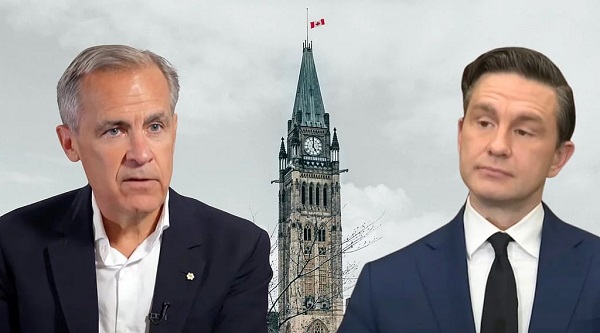
The Liberals’ first budget under Mark Carney— about nine months overdue— snuck through Parliament with Green Party leader-of-one Elizabeth “Margarita” May as the deciding vote. (All it took was a commitment to her insane climate targets.) A quick review of the Book of Revelations does not reveal this as a sign of the Apocalypse. But to Canadians who voted for a change in the spring it’s a rude reminder that no one is minding the store in Ottawa.
The Parliament Hill media has largely shelved discussion of Carney’s budget ‘guzintas (the PBO said there is a “less than 10 percent chance the government will keep its deficit-to-GDP ratio on a downward track through 2029-30… and Finance Canada has “changed its reporting of deficit financing, separating capital from operational spending.”) Translation: If Carney keeps on this track till 2030 the total GST collected from Canadians will not be enough to service the federal debt.
The chattering class is, however, full speed ahead on their Pierre Poilievre deathwatch. The leader of the CPC is one of their more anodyne figures to lead a party since Mackenzie King. His earnest kitchen-table schtick is about as dynamic as a cheese sandwich. Even when he famously defenestrated a blundering BC journalist in an apple orchard he never raised his voice. (What page am I taking from Trump’s book?”)

In the House of Commons, he has performed a monotone strafing of Liberal policy since becoming leader in 2023. He hasn’t elbowed aside a female NDP member. In the fine tradition of the House he does mock the Liberals front bench, throws water on their fevered policies and acts like a vice-principal of a small high school disciplining a student.
But in the judgment of today’s febered media— okay, the Liberals— he’s “rage-farming” or “rage-baiting” when pointing out that Canada’s debt is out of control, its real estate is a bubble waiting to burst and the relationship with the U.S. is flat lining. In fact he’s all rage, all the time, for their purposes. According to Carney’s bots, Poilievre stoops “to stirring and riling up ‘white-trash’ elements in society into hateful rhetoric against the prime minister. “
Team Carney has gloried in his travails since Donald Trump upended the spring election by cozying up to Carney. (Poilievre didn’t help himself taking pot shots at Trump who then dismissed Poilievre). CBC/ CTV/ Global savants who spit every time they mention Trump bizarrely were suddenly in enthusiastic approval of Orange Man Bad spanking PP for them.

The tone about his performance as opposition leader is vitriolic. “Pierre Poilievre’s rage-baiting and empty slogans aren’t what Canada needs”. His slogans (stolen by Carney during the election campaign), his by-election win in Alberta, his insistence on core issues— it drives the panelists on talk shows to fits for pique.
Which is funny when you think about it. Those with longer memories can recall the hijinx of the Liberals’ Rat Pack in the 1980s and 90s. Led by Sheila Copps (dubbed Tequila Sheila by Tory justice minister John Crosbie), Don Boudria and John Nunziata they were an early version of Polievere and Melissa Lantsman and the CPC front bench. Just more obnoxious.
Except the wind therapists were amused by them. Instead of rage monkeys they were the subjects of puckish CBC features. Copps could speak Italian with her (Hamilton) constituents and also had “perfect French,” said reporter Jason Moscovitz.” But she needles Mulroney in plain English,” he added, as Copps introduced a question for Brian Mulroney by comparing him to to Johnny Carson.
The irreverent Rats even produced their own T-shirts to wear in the House. “Other MPs say he’s sleazy, slimy, and a snake,” said Moscovitz, of Nunziata as he donned one of the T-shirts. So Nunziata used the same words in the House of Commons.”Sleazy, slimy Tory patronage!” he proclaimed on the floor of the House.

Laugh? We could have died. It was entertaining in the collegial debating club of the time. The sparring of the feisty Copps and her target John Crosbie was mint.
But now that the Liberals are entering a second decade of mismanaging the nation, their appetite for impertinence has disappeared. So the clever ripostes of Copps are now Poilievre “rage” farming and “rage baiting”. Some people have noticed the contrast: “Caucus unrest treated as a calamity when it involves the Conservatives, while Liberals get a pass” But the bubble-bound Canadian public only hears one slant.
In the U.S. there are hopeful signs of a bubble breakthrough. Hip TV host Bill Maher was forced to tell Woke comedian Patton Oswalt that his BlueSky world was strangling him. He enlightens an oblivious Oswalt on the UK grooming gangs. He also brought him up to reality when Oswalt said the Left never orders gender off of passports.
It’s not much, but it’s hopeful, at least in America. Here in Canada the information corridor is so thoroughly policed by the culture Stasi (using their dreaded Trump guns) that nothing can get through. Singing O Canada and not abusing the lyrics is considered a sacrilege on the Left. Daniel Smith is a Trumpist etc. Carney is intent on importing British hate speech convictions, not AI chips and nuclear energy.
If that isn’t enough of a bummer remember that Carney is just a stop-gap, a guy to rag the puck for a few years till the Liberals have groomed Justin’s eldest for the PMO. Where he can complete the Woking of traditional Canada that Grandpapa Pierre started in 1968.
Bruce Dowbiggin @dowbboy is the editor of Not The Public Broadcaster A two-time winner of the Gemini Award as Canada’s top television sports broadcaster, his new book Deal With It: The Trades That Stunned The NHL And Changed hockey is now available on Amazon. Inexact Science: The Six Most Compelling Draft Years In NHL History, his previous book with his son Evan, was voted the seventh-best professional hockey book of all time by bookauthority.org . His 2004 book Money Players was voted sixth best on the same list, and is available via brucedowbigginbooks.ca.
-

 Alberta2 days ago
Alberta2 days agoPremier Smith explains how private clinics will be introduced in Alberta
-
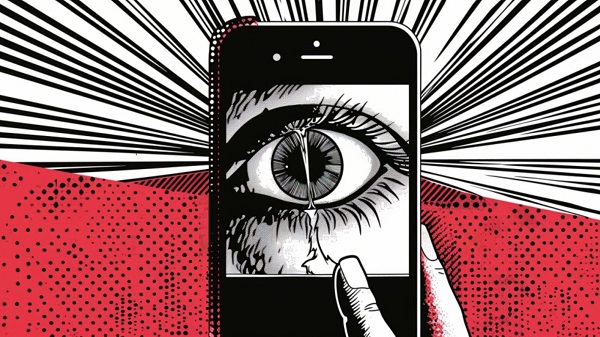
 Censorship Industrial Complex2 days ago
Censorship Industrial Complex2 days agoUK Government “Resist” Program Monitors Citizens’ Online Posts
-

 Business2 days ago
Business2 days agoUS Supreme Court may end ‘emergency’ tariffs, but that won’t stop the President
-

 Bruce Dowbiggin2 days ago
Bruce Dowbiggin2 days agoElbows Down For The Not-So-Magnificent Seven: Canada’s Wilting NHL Septet
-

 Alberta2 days ago
Alberta2 days agoAlberta introducing dual practice health care model to increase options and shorten wait times while promising protection for publicly funded services
-
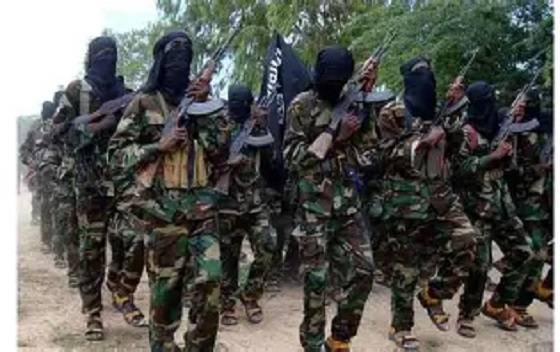
 International2 days ago
International2 days ago“The Largest Funder of Al-Shabaab Is the Minnesota Taxpayer”
-
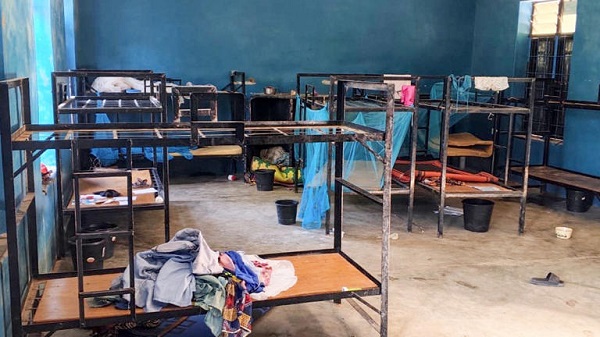
 International2 days ago
International2 days ago50 of the 315 students and 12 staff abducted from Catholic school in Nigeria last week have escaped
-
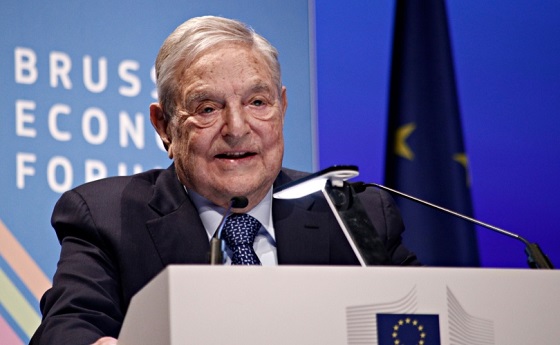
 espionage1 day ago
espionage1 day agoSoros family has been working with State Department for 50 years, WikiLeaks shows




